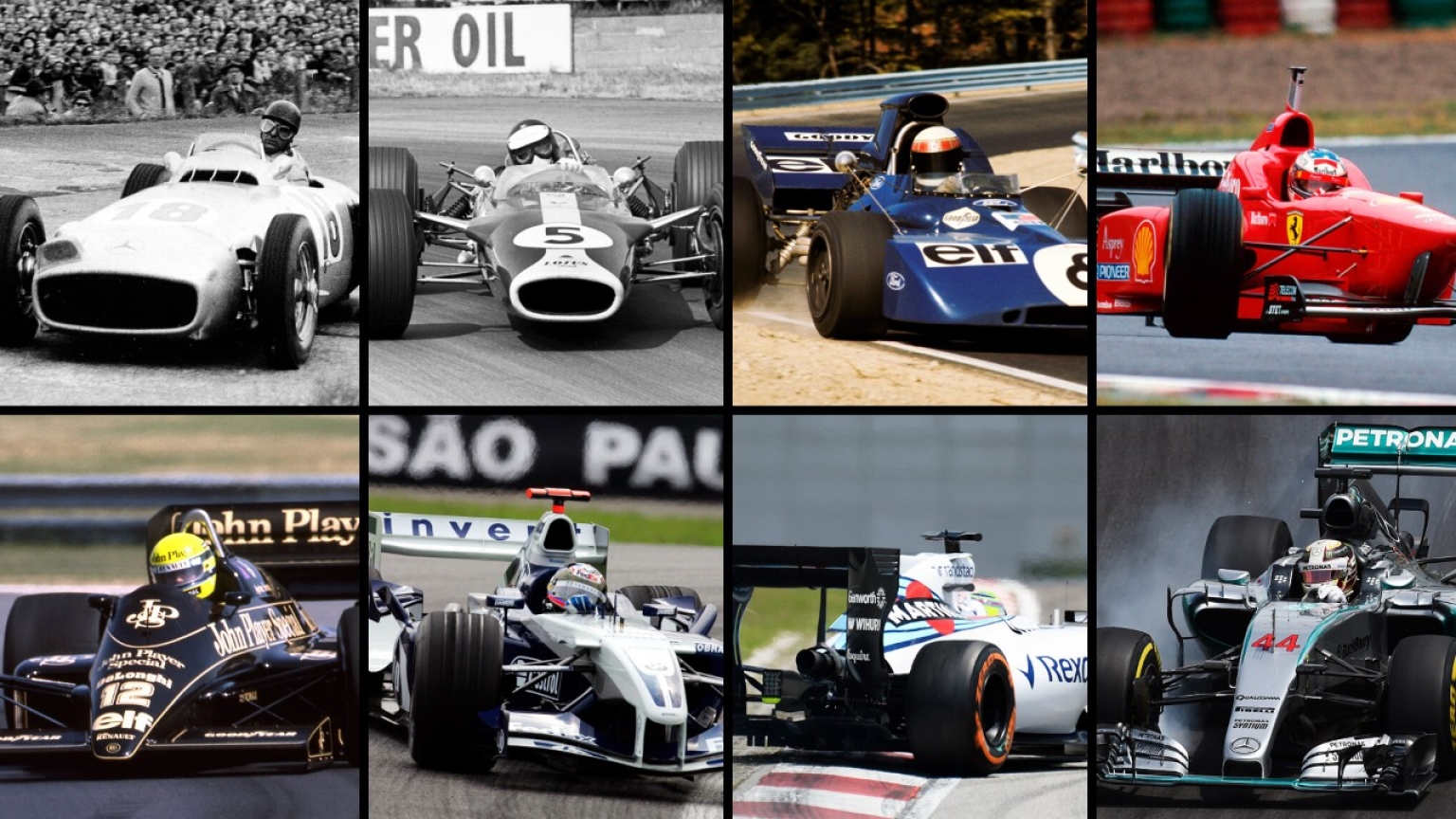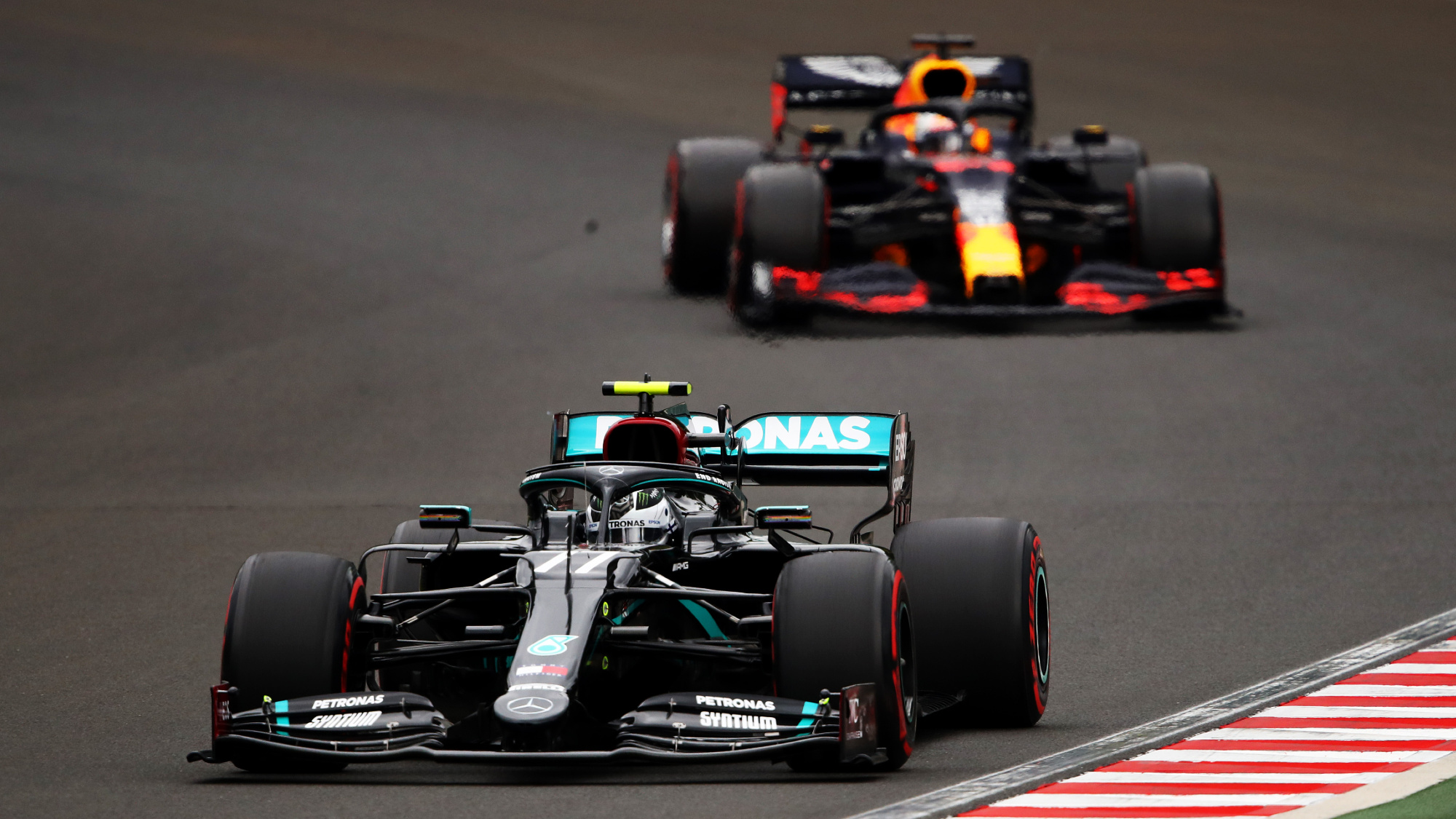
One of the biggest questions F1 racing fanatics have been asking since F1 first came to be is – why are there no spark plugs in F1 cars? These small components, also known as plug equipments, allow electricity to flow through a circuit, and when an obstacle or other conductor disrupts the current, a spark is created that gives you that light show that we see at the end of races. The truth is, until recently, there was no way to prevent sparks from shooting out from the exhaust pipe of a car, and the only option for preventing them was to have the entire car bolted to the floor of the garage and left there for the next race day. Needless to say, this did not prove very effective, and many teams have found that they have far less trouble with slowdowns due to lack of fuel.
Another question F1 enthusiasts have been asking is – do the manufacturers of these high performance cars use high quality spark plugs? In short, the answer to the question above is no. As stated before, the spark plugs used by F1 cars are much too small to generate a sufficient amount of combustion air pressure to ignite the fuel in a typical open flame engine, so the only thing that spark plugs do is provide an exhaust stream with less smoke and cleaner air than you would get from a traditional closed flame engine. This is a big problem for a race team driver, because if you do not have a good exhaust system, you will never get your team up on track.
If you are looking for answers as to the question, “Why are there no spark plugs in F1 cars?” remember that this is one of the major parts of a car that requires the least maintenance and care. Keep this in mind when you start shopping for your next car. It may seem like an unnecessary expense at first, but if you can avoid the risk of having your car go up in flames while you are trying to win that next Formula 1 race, it will be well worth the cost.
Are f1 cars getting faster?
In the current Formula 1 season, the teams are all using a wide range of upgrades that enable them to push towards the front of the grid and challenge for victory. In order to gain access to these top speeds, teams are changing their aerodynamics, types and their road and track running strategies. However, one area that is not changing is the way in which drivers manage the vehicle during the race. Although the latest generation of Formula 1 cars are getting faster, some drivers are still struggling to maximise on their potential.
One area where drivers are struggling with their form is their stamina and self-discipline. Although technology has allowed motor sport fans to look at their laps in a different way than their grandparents, modern day Formula 1 cars are far from indestructible. The latest cars have complex onboard computer systems that monitor everything from engine speed to the weight of the car to even the position of the car on the track. With all this information available, drivers can make the most of their limited driving time to familiarise themselves with new track surfaces and make fine adjustments on their way to the front.
If drivers want to maximise their potential in the sport, then they need to start taking responsibility over their race lap times. Some have tried to work on their technique through the use of aerobatic techniques, but even this has been found wanting. By concentrating on lap times rather than on overall speed, drivers are able to see their improvements and can enjoy more competitive racing. In order to take full advantage of their increased speed, drivers need to learn how to get the most out of their cars. This is easier said than done, but there is a clear path to success when it comes to handling the cars of the future; drivers need to be able to get the most from their 2018 Formula 1 cars by managing the top speed they can bring to the races.

Why is Mercedes f1 engine so good?
In the attempt to explain why is Mercedes F1 Engine so good? I think it has to do with the fact that it has been designed as a high speed production car, especially for those drivers who are looking to win races in the largest possible races. The car is basically made to be fast and as a result its handling is also very good and the engines use a lot of parts borrowed from other cars in the same category, such as the Ferrari engine for example.
One of the most important design elements is the intercooler. It’s function is to cool down the air coming through the engine because of the high speed of the car and the pressure that is created when you go down the hill, or out of the low speed zone. Without this cooling component, the cars could overheat and this would cause several problems, such as the turbo failing and so on. These parts are also responsible for the high pressure that are created, which pushes all the fluids up into the engine thus pumping it all out through the exhaust pipes, and finally they act as a drain plug at the end of the exhaust pipe. Without this drain plug, all the dirty fluid would simply end up in the engine and cause all sorts of problems, such as the turbo not working, thus causing all kinds of extra damage, but especially so when it comes to the brakes.
The other design feature that is unique to this engine is the short flogging call. This was first introduced in 1990, where the car’s motor was changed from two-stroke engines to a four-stroke engine, which had a lot more power. This was done as an attempt to lower the energy loss through the engines high speed zone (throttle) and high speed part of the lap. After this change, the drivers were able to push harder, faster and quicker and the engine was able to compensate for this by allowing the turbo to work harder and faster. With the current Mercedes-Benz cars using these engines, it should be said that the power of the engine is now higher than before, so if you are trying to push your car hard, there will be little or no difference to the way your car runs compared to before, it will only be harder due to the new high speed regulation. So as you can see, even though Mercedes have been known to have some pretty bad cars over the years, their engines have always been one of the best.

